We all know that using light is one of the most important factors in photography. At the same time, it can be one of the most challenging aspects of getting a high-quality photograph which is able to engage your viewers.
The lighting is rarely perfect by itself. No matter if we work with natural or studio lights, it happens quite often that the light is either too harsh or too dim. It takes a certain knowledge and experience in order to become able to deal with various lighting conditions.
The following ten tips are very useful reminders of the properties of light you should always consider:
1. Be Mindful Of Color Temperature
Even though every light has a specific color temperature, our eyes and brain are usually unable to interpret these temperatures as different colors. However, the camera's sensor records the color temperature as it is and because of this, we can see various color casts in photographs. These color casts can be easily controlled and neutralized by changing the white balance settings on the camera.
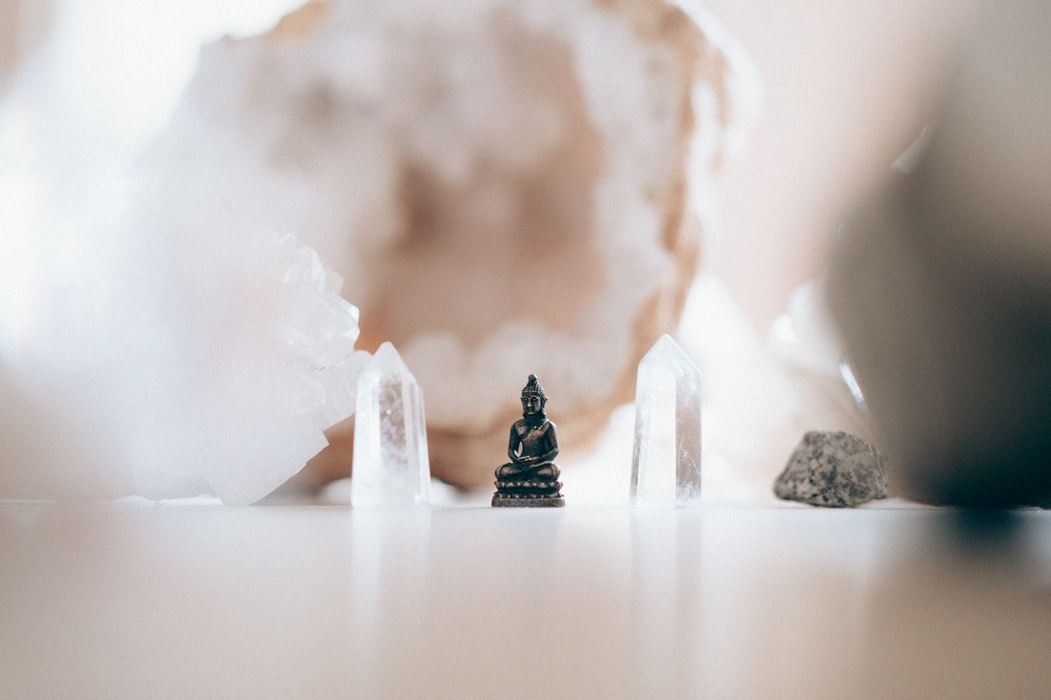
2. Think About Diffusion
Diffusion certainly matters a lot in portraiture. Harsh light (both natural and studio) makes faces look older and less supple, which is something to be avoided when working with models or shooting weddings. You can use various tools to make the light source as soft as possible – the most common ones are lighting modifiers. Diffusion makes the light source more scattered and more even.
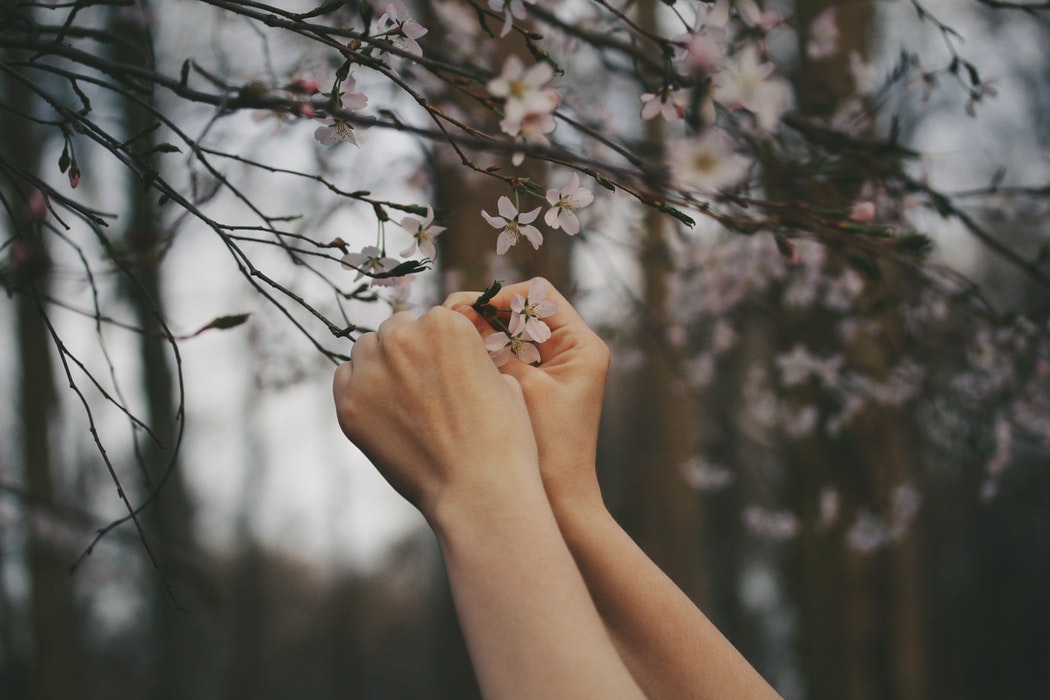
3. Bounced Light Is More Flattering
Bounced light is a form of diffused light and it looks much more flattering compared with aiming the flash directly at the model. If you’re working with a single flash, it is really important to diffuse its harsh light by bouncing it off another surface such as walls or ceiling.
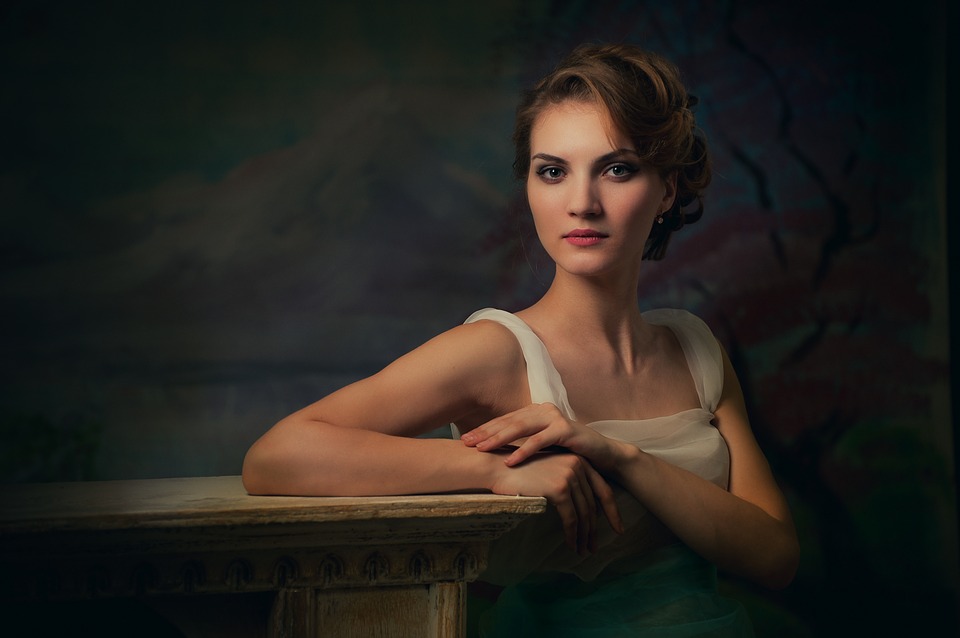
4. Broad Light is Less Harsh
Using a broad light source can improve your portraiture a lot, because in this case, the light source hits the subject from more than one direction. The use of broad light fills in the harsh shadows and it provides an even lighting for the subject. The common type of broad light used in portraiture is the sunlight coming through the windows.
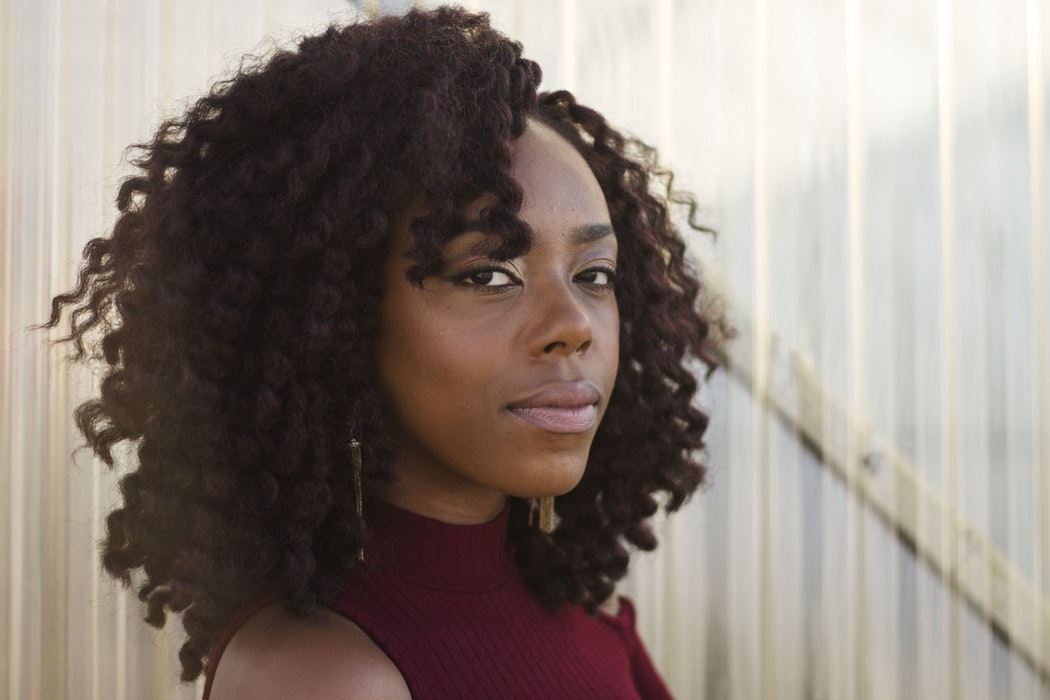
5. Front Light Means Less Shadows
When the light shines directly onto the subject, we’re dealing with a front light. Just like any other lighting setup, front light has its own benefits and downsides. It minimizes the shadows and textures, which makes faces softer and wrinkles less prominent. However, this kind of lighting can look somewhat dull and boring, mimicking ID photographs. The absence of shadowing is not something you want to go for if you’re into more creative portraiture.
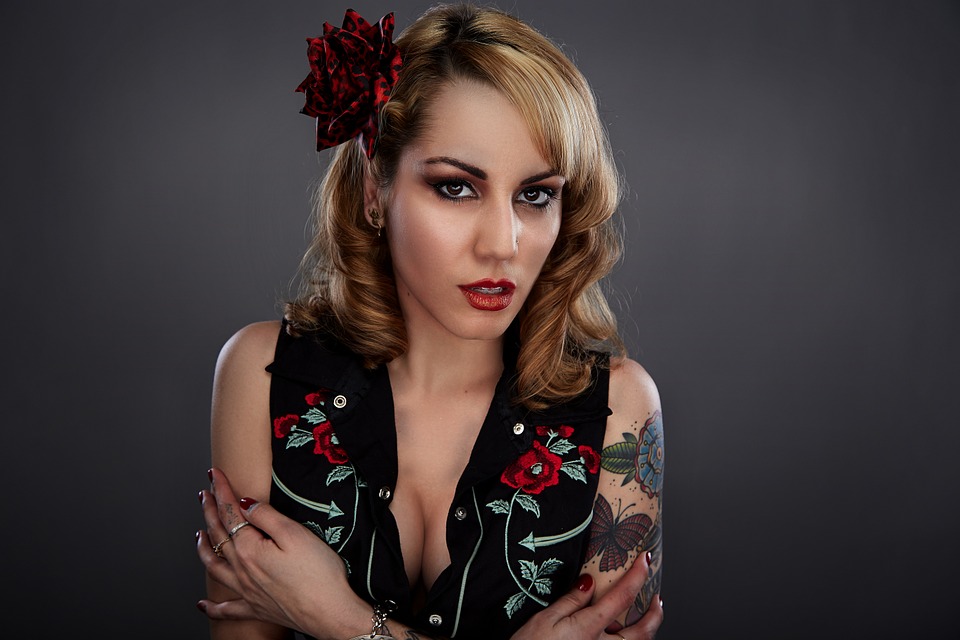
6. Side Light Means More Drama
When the light enters a scene from the side, it produces interesting long shadows. In this sense, side light has something that front light lacks – drama, glamour and artistic appeal. Side light is a very popular type of lighting for both landscapes and portraiture. It can help you create images with a bold visual impact.
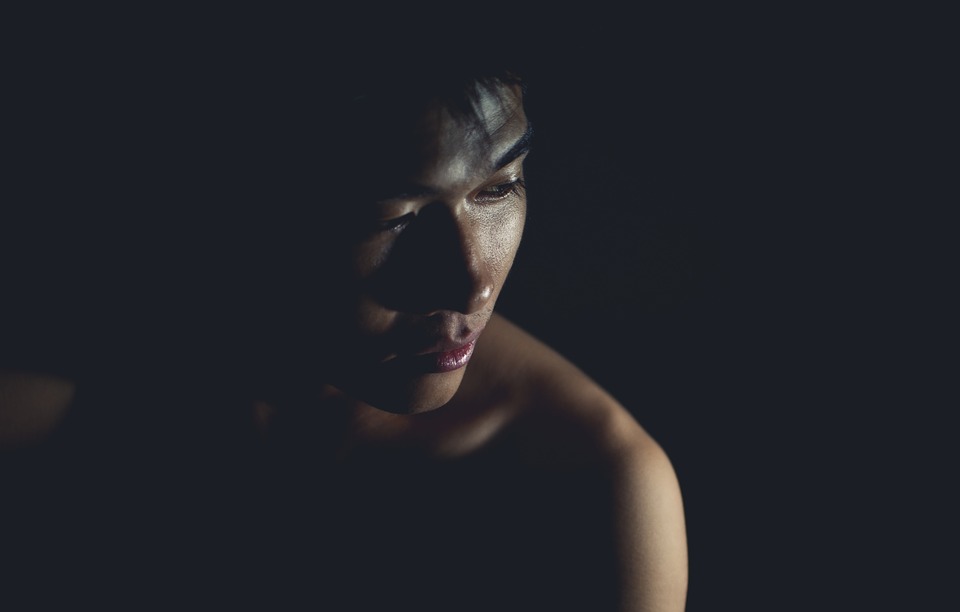
7. Back Light Means Less Details
Back light is another common type of lighting which minimizes the detail of the subject by converting it into a silhouette. Depending on the nature of back light, the silhouette can be anything in between really dark (where you can see only the outlines) and medium light (where the facial features of the model are still recognizable). Similarly to side light, back light is used in more artistic shots.
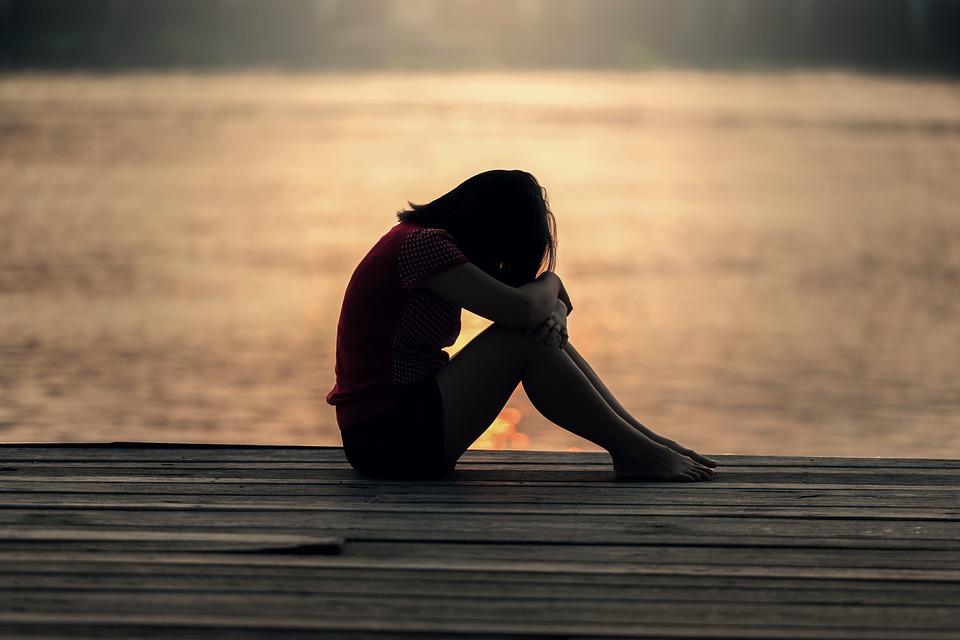
8. Shadows Enhance Volume
Volume is important in portraiture because it gives a more three-dimensional look to landscapes, portraits and objects. It’s impossible to achieve such look without the proper use of shadows. In order to create the sense of volume, you should light your models or products from the side, from behind, or from above or below.
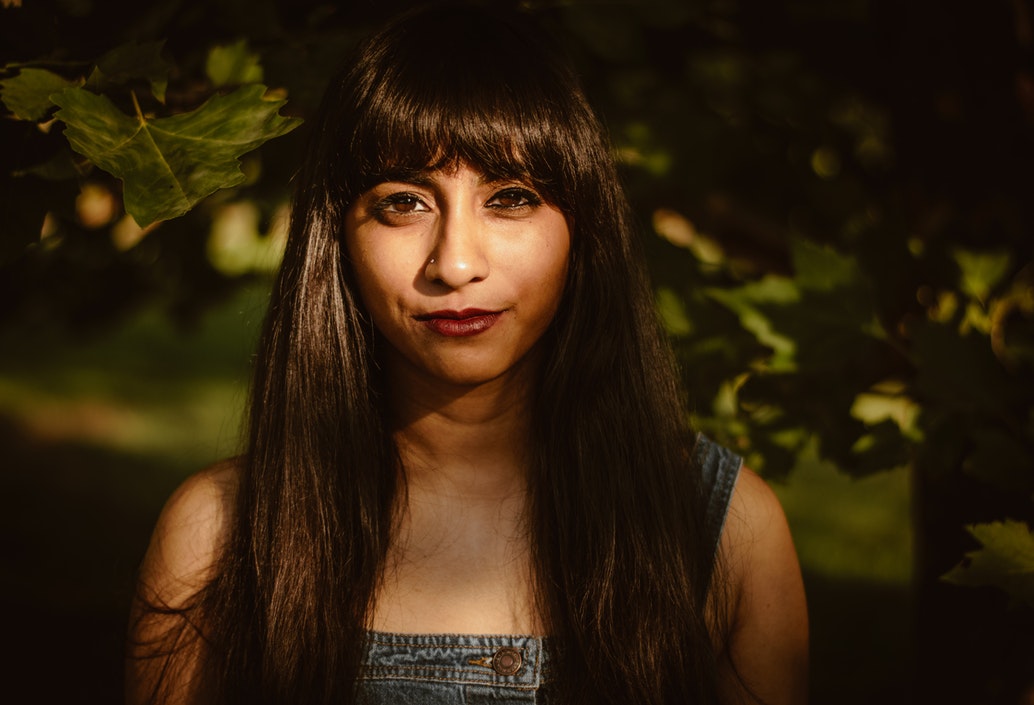
9. Understand The Light Falloff
It’s good to know one simple rule – light intensity falls off inversely with square of distance. You don’t have to be a great mathematician to understand this – it simply means that if you move a light twice as far from your model, you end up with one-quarter of the light on the model. This is something to keep in mind especially if you’re moving your lights or your subjects quite often.
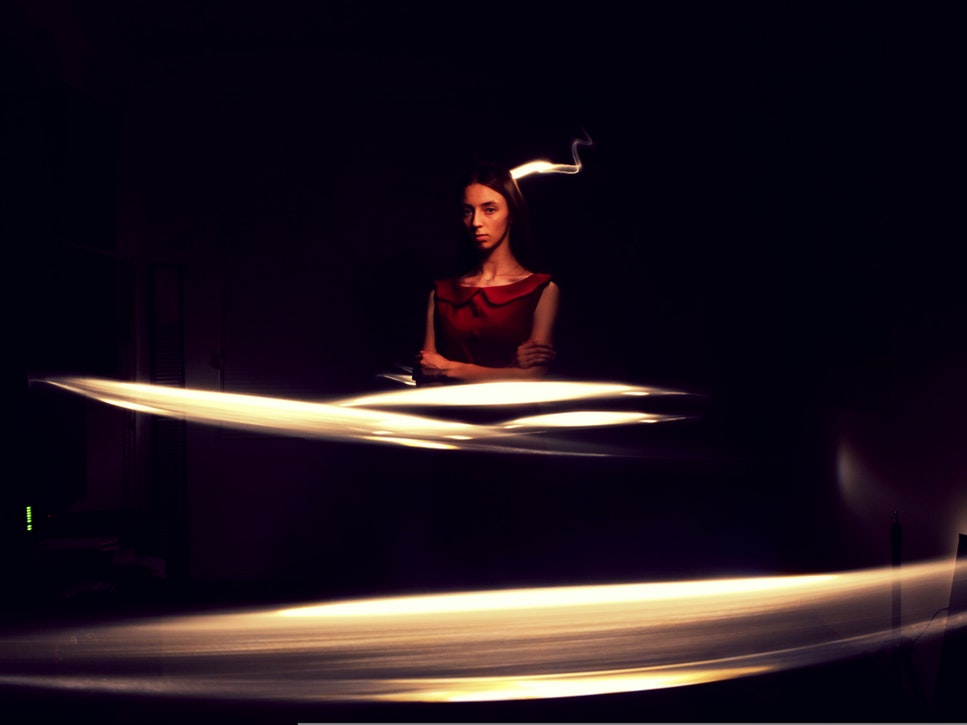
10. Don’t Stick To Natural Light
Even though the natural light is something that many photographers consider the best lighting, it is important to learn the basics of artificial lighting so that you have more freedom of choice. Various issues that can occur when you use only natural light in your photography can be solved by adding an additional light source.
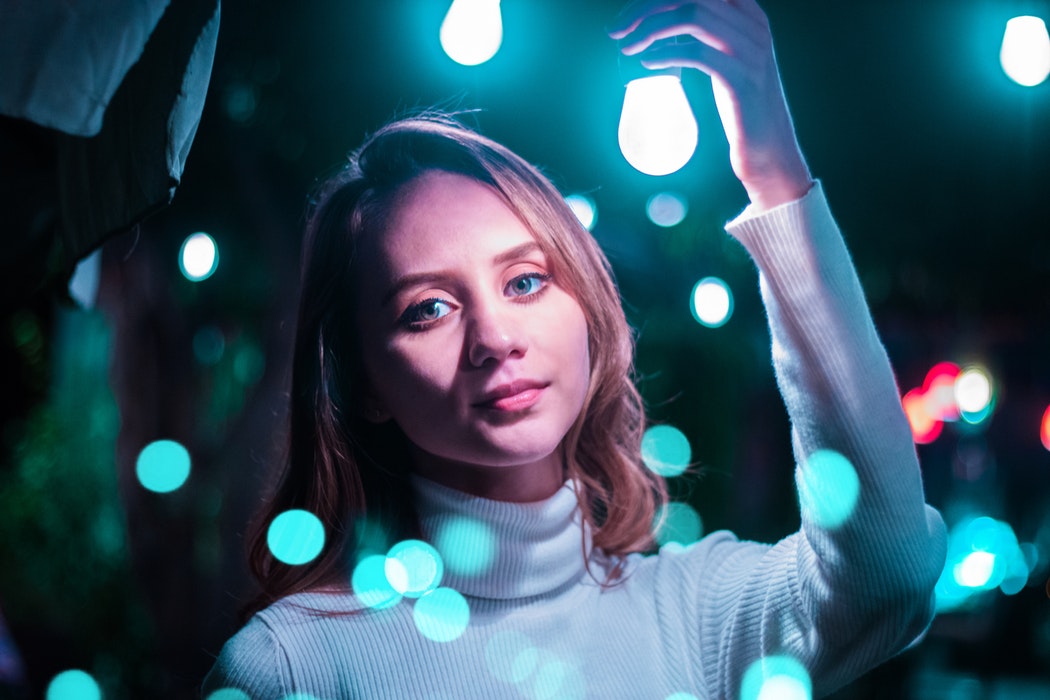
Feel free to give these tips a try and keep experimenting with them. They are powerful enough to change the quality of your photographs and make you continue learning about using light.
If you want to take your photography skills to the next level by understanding how light works, be sure to check out Understanding Light by Photzy.







1 Comment
Thank you Jasenka – great tips !